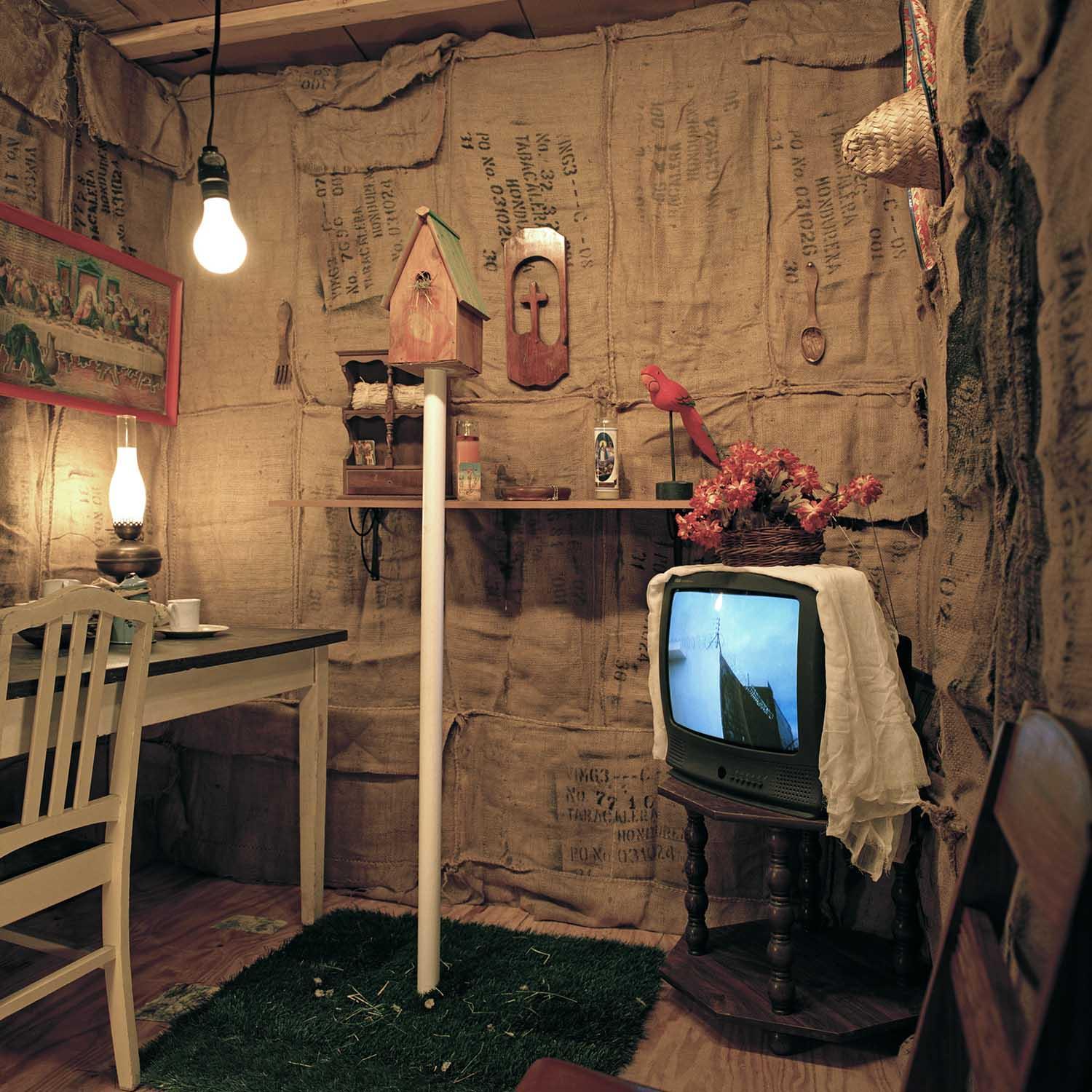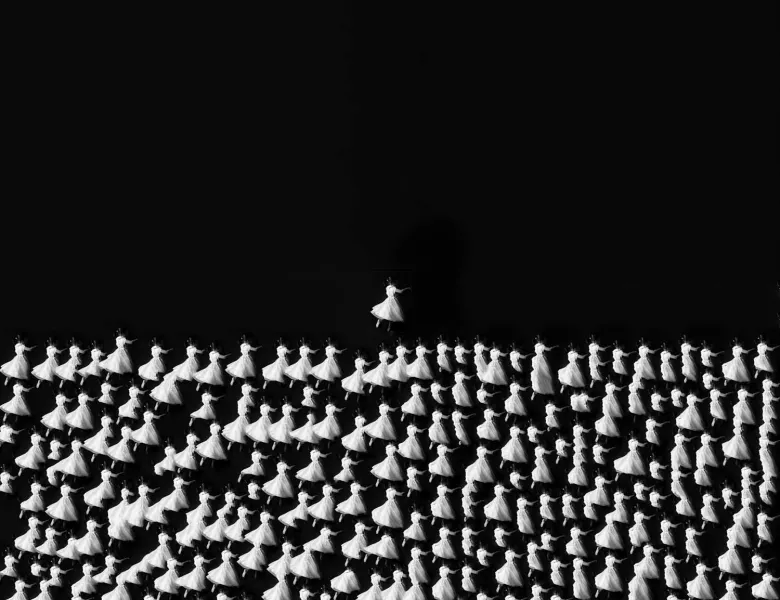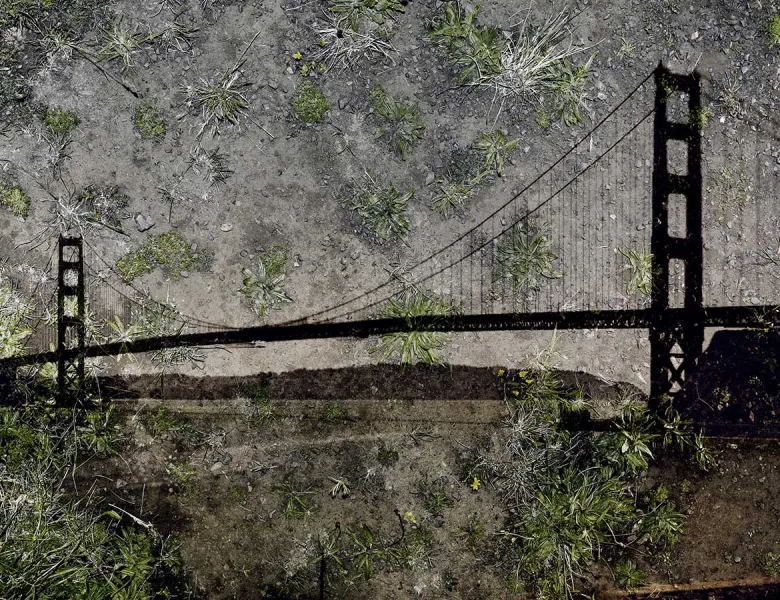Celdas: Alma Leiva, The Fence
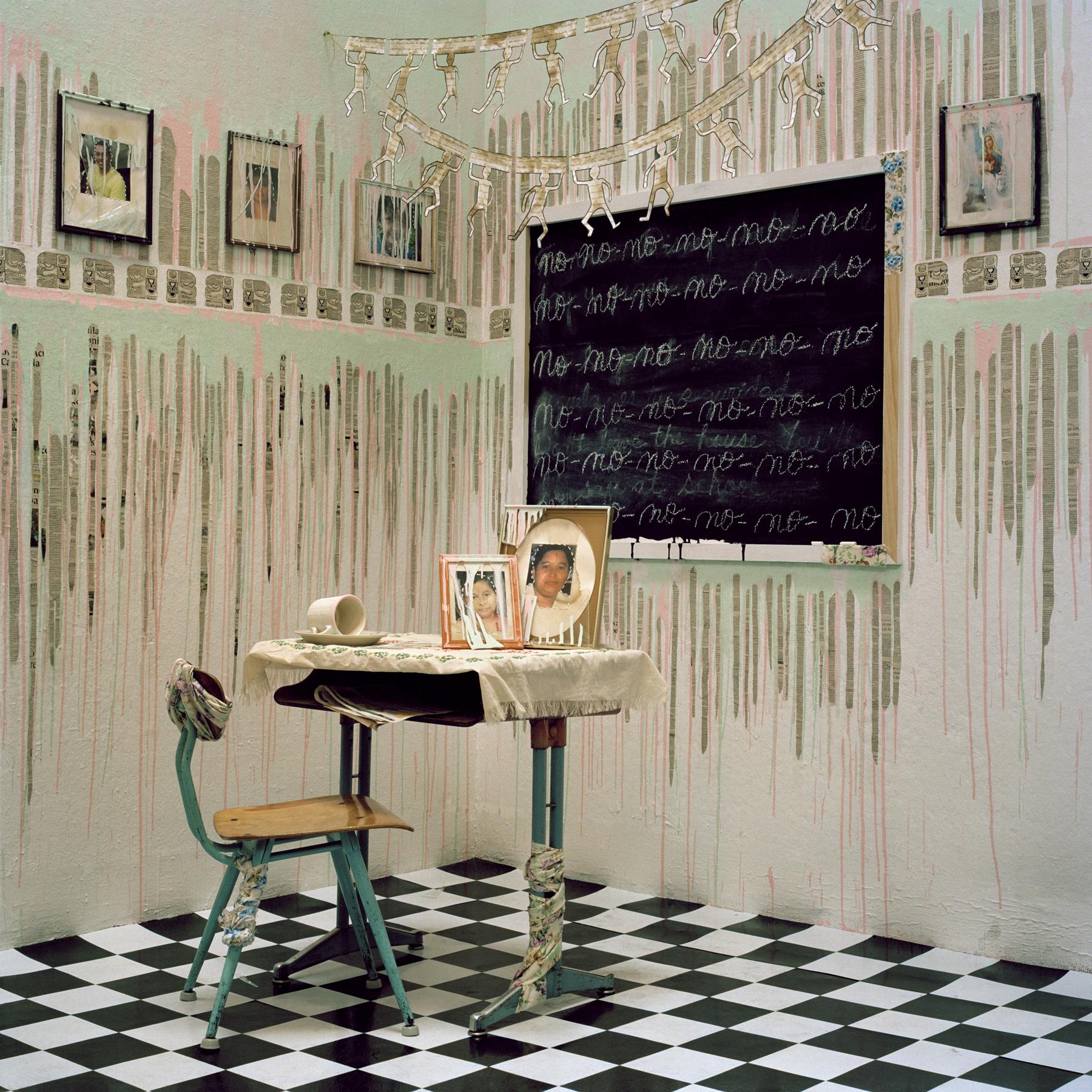
This blog is part of a series of exclusive interviews with the winners of The Fence 2016. The Fence is an large-scale outdoor photography installation exhibited in multiple major cities across the USA. Each year, photographers of all levels are invited to submit work that fits under one or more thematic categories. The Fence was conceived by United Photo Industries and Photo District News in 2011.
---
Alma Leiva is a Honduran born artist, who moved to the United States at the age of fourteen. She has studied both a Bachelors and Masters in Fine Art and has exhibited her work internationally and across the US and has been featured by many publications.
Her work, 'Celdas', seeks to address the experience of fear, alienation and displacement suffered by Hondurans as a consequence of the violence that has taken over much of the Central American region. And as undocumented immigrants in contemporary United States.
Hi Alma, your series 'Celdas' (Prison cells) are sets you have created, talk us through what goes into creating one of these rooms?
This is a research-based series that examines the violence and limitations bestowed upon Central Americans in their homeland and as undocumented immigrants in the U.S. In order to convey the sense of displacement that newly arrived immigrants experience, I travel throughout the U.S. where I gather local elements such as soil, rocks, grass, leaves and various other materials to construct the settings, which are informed by specific acts of violence. I work with found materials and often incorporate photos of the victims that present the viewer with a narrative of the crime site or allegories to the crime within the domestic context. I incorporate Hand-made Mayan stencils (sometimes using newspaper) and catholic iconography, which allude to colonialism and the history of violence that predates the conquest. In Celda #11 and Celda #13, I engaged in obsessive production of paper planes and flowers to fill the spaces, to recall coping mechanisms within the violent context. Between research and production and documentation of the work it often takes me 3-6 weeks to complete the tableau (it can vary depending on the complexity of the work), which I photograph using 120 color film with one image as the final product.
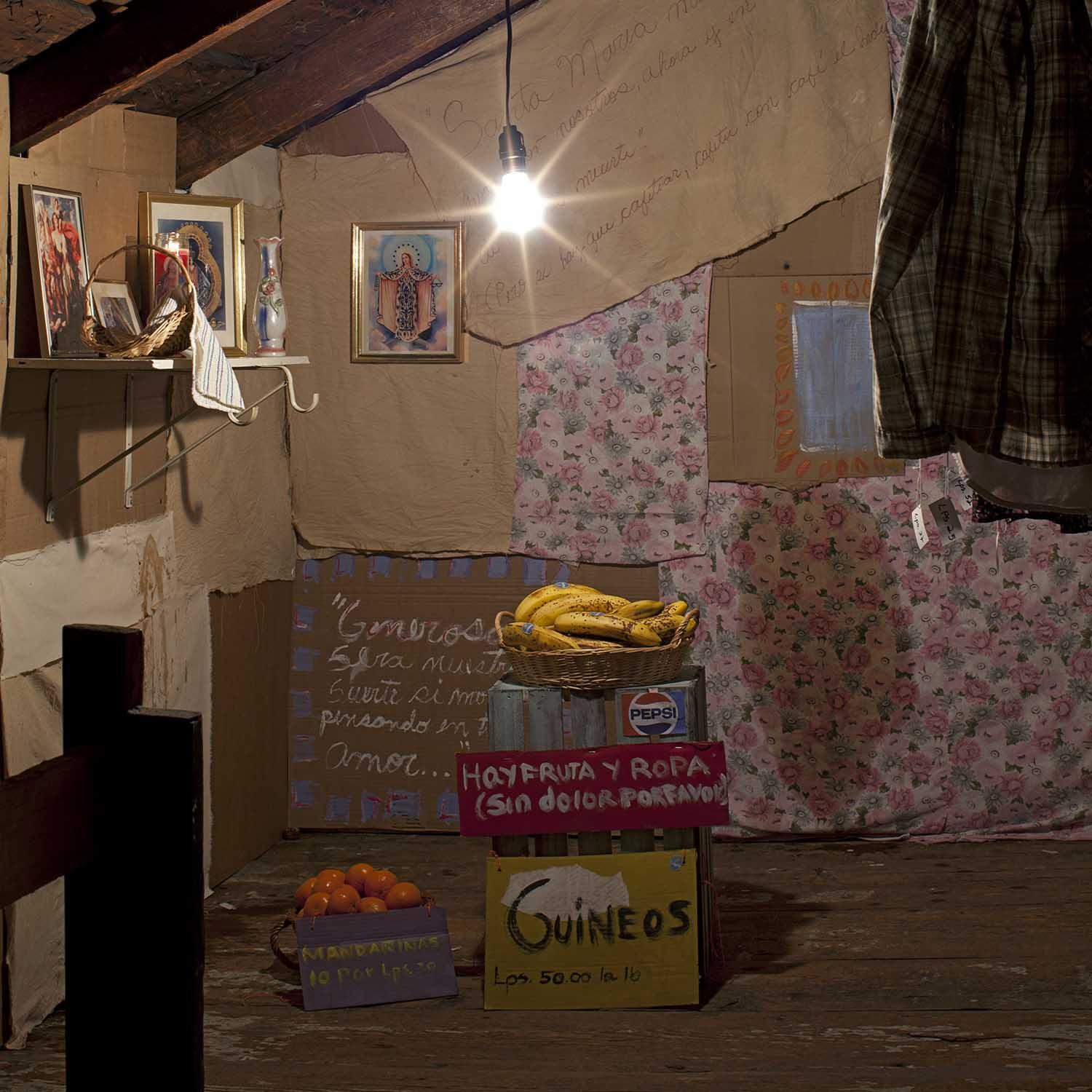
Do you have a different narrative for each set?
Yes, the work is in a way a “counter-archive”, a response to the portrayal of violence on the media, which has a desensitizing effect on the viewer. My work aims to humanize the victim rather than sensationalize the event.
Where do you find the objects which fill each of the ‘prison cells’ and does their origin relate to each site?
The materials, wood, fabrics and other objects are for the most part collected at the place where I construct the stages. In 'Celdas', I’m interested in presenting the tension between cultural assimilation and the persistence of cultural identity, so the works often incorporates local materials as well as materials from my native country.
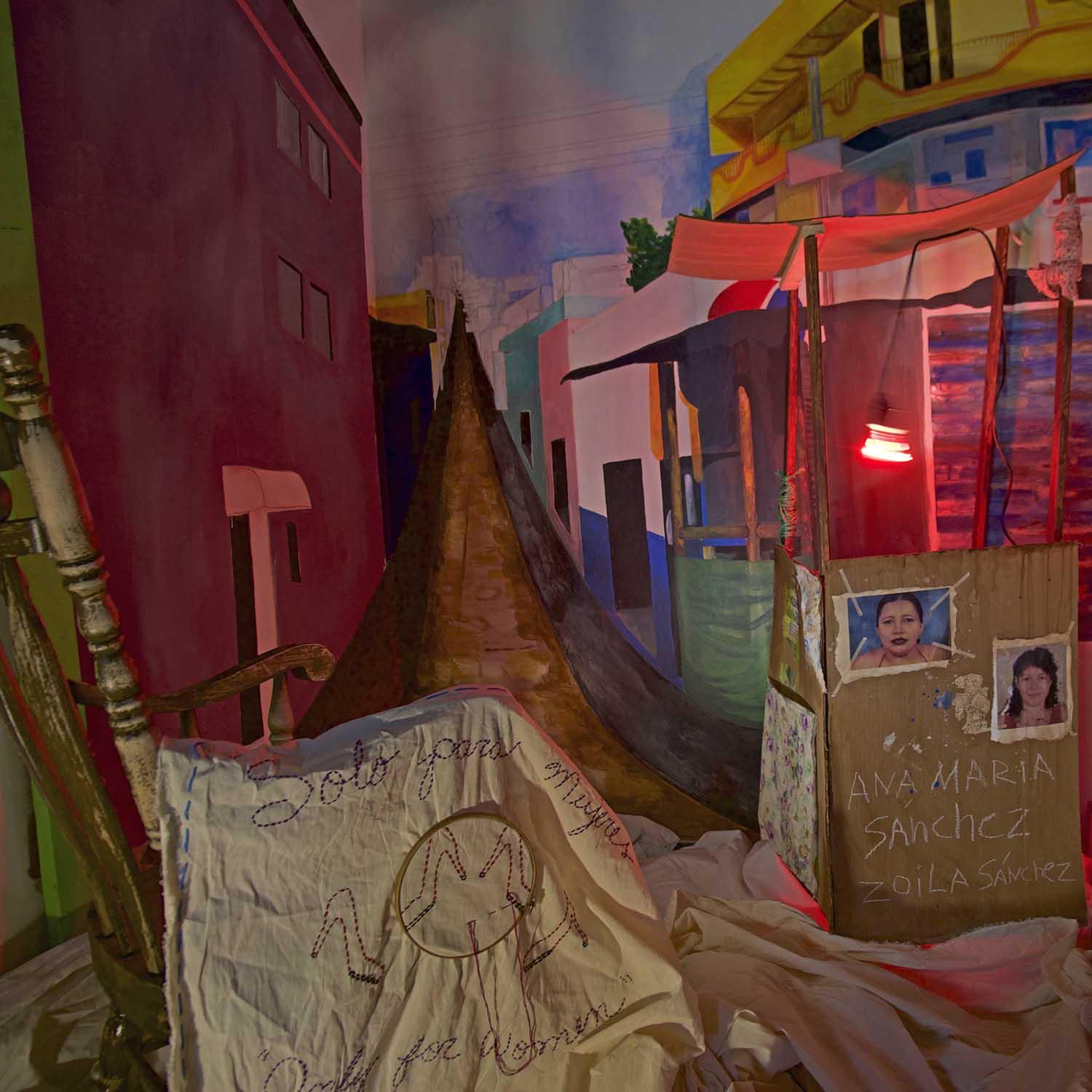
You work with a variety of disciplines in your projects, how do you choose what type of media to use?
I always let the idea or project dictate the medium. If I don’t have much experience in working with a given medium, I research and experiment before, but always embrace the challenge. It is what makes one a better practitioner.
Do you find it difficult working on projects which can be quite upsetting to an audience?
Yes, I do, but it’s a choice I made years ago when growing up under a very repressive government in 1980’s Honduras. I knew that human rights violations should be denounced in order to create change in our societies, but it’s also very difficult for me, therefore I have to distance myself from the subject matter for a period of time after I complete a work.
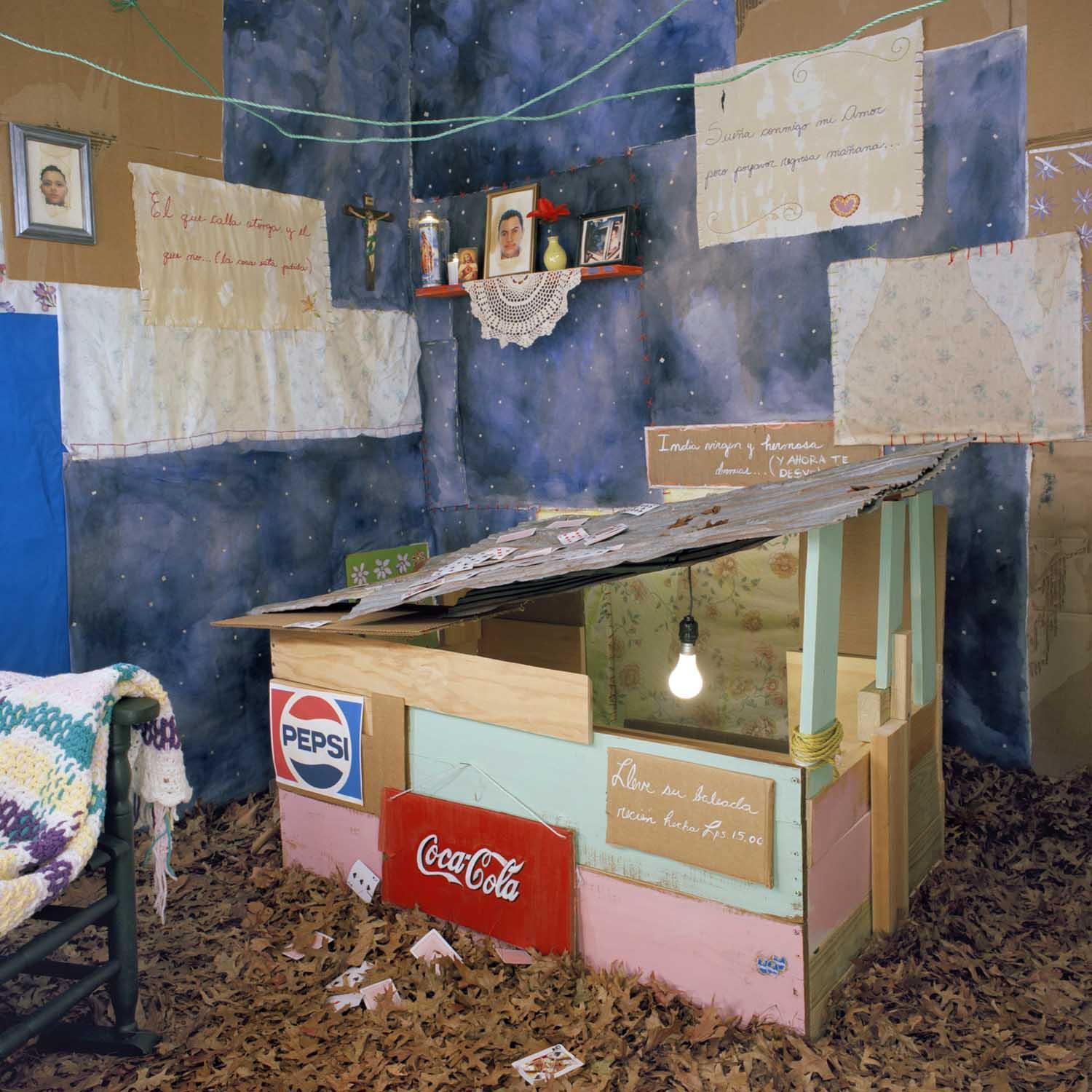
This series has a connection to your home country of Honduras. What made you want to highlight the experience Hondurans go through?
Like many of my peers who left their countries in the 80s and 90s, I’ve seen firsthand how U.S. Latin-American relations affected countries like El Salvador, Guatemala and Honduras. A while ago, I lost a family member to the post-war violence that has taken over Central America. As immigrants, many of us experienced issues including racism, deportation and family disintegration. That is why I am interested in creating work that addresses my social concerns and which debates these issues in an effective way so that it leads viewers to investigate deeper.
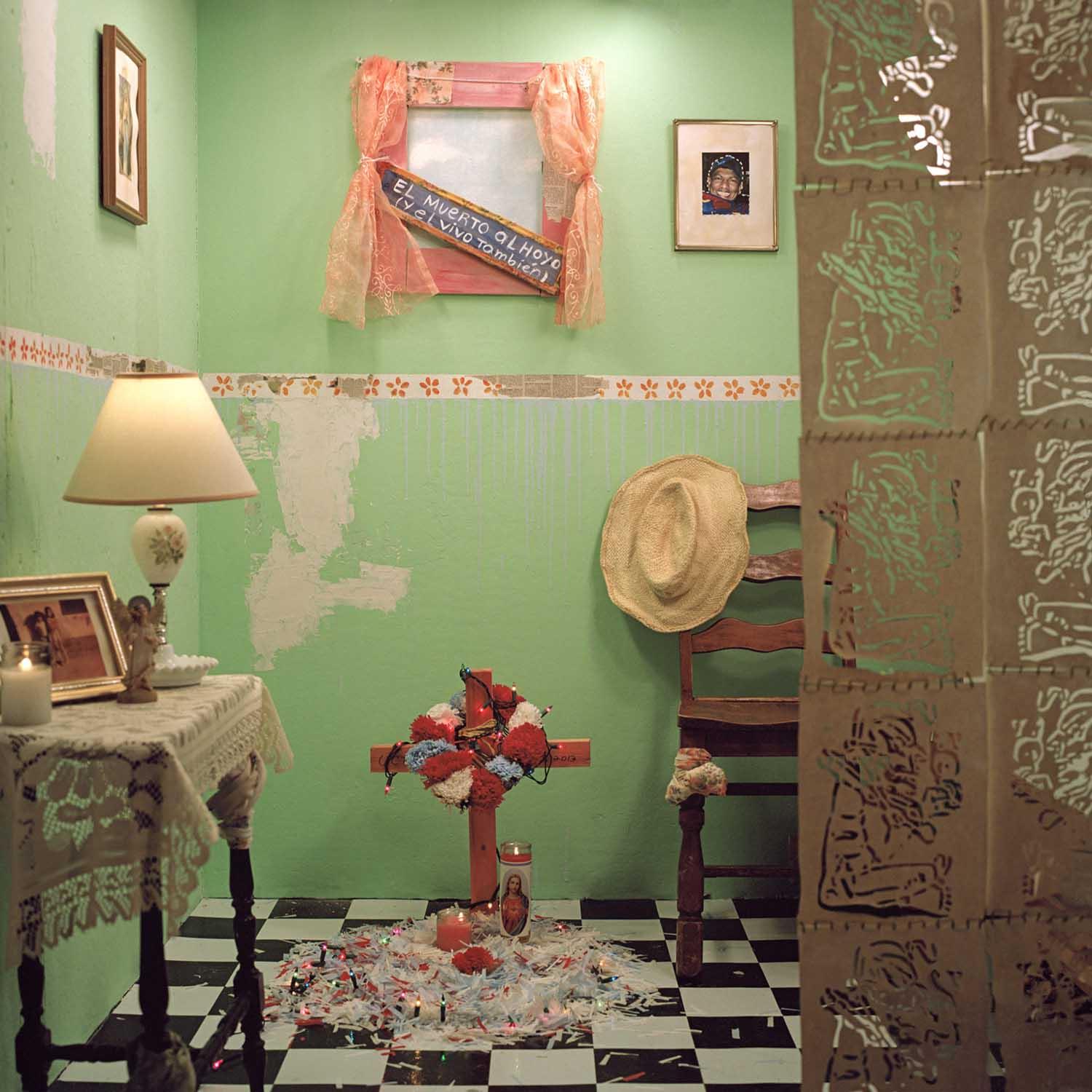
Do you have a photographic philosophy?
I like the idea of the camera and the photographic medium as a vessel to blur the line between reality and fiction—to convey the real, magical, and the constructed reality.
You’ve already got your next few projects lined up, how long does each project tend to take and how much of that time is planning?
Yes, I have a few projects lined up. Like I mentioned before, research is an important and crucial part of my practice. For my most recent project “San Pedro Sula tiene cuerpo de Mujer (San Pedro Sula has the body of a Woman)”, which I exhibited at the Tenth Central American biennial this year, I worked with a women’s rights organization that provided me with information on specific cases of femicide in San Pedro Sula, Honduras. It took me one month to come up with a framework, one month to gather and organize the information, and almost three months to complete the work. I would say that it depends on the project’s scale and complexity.
